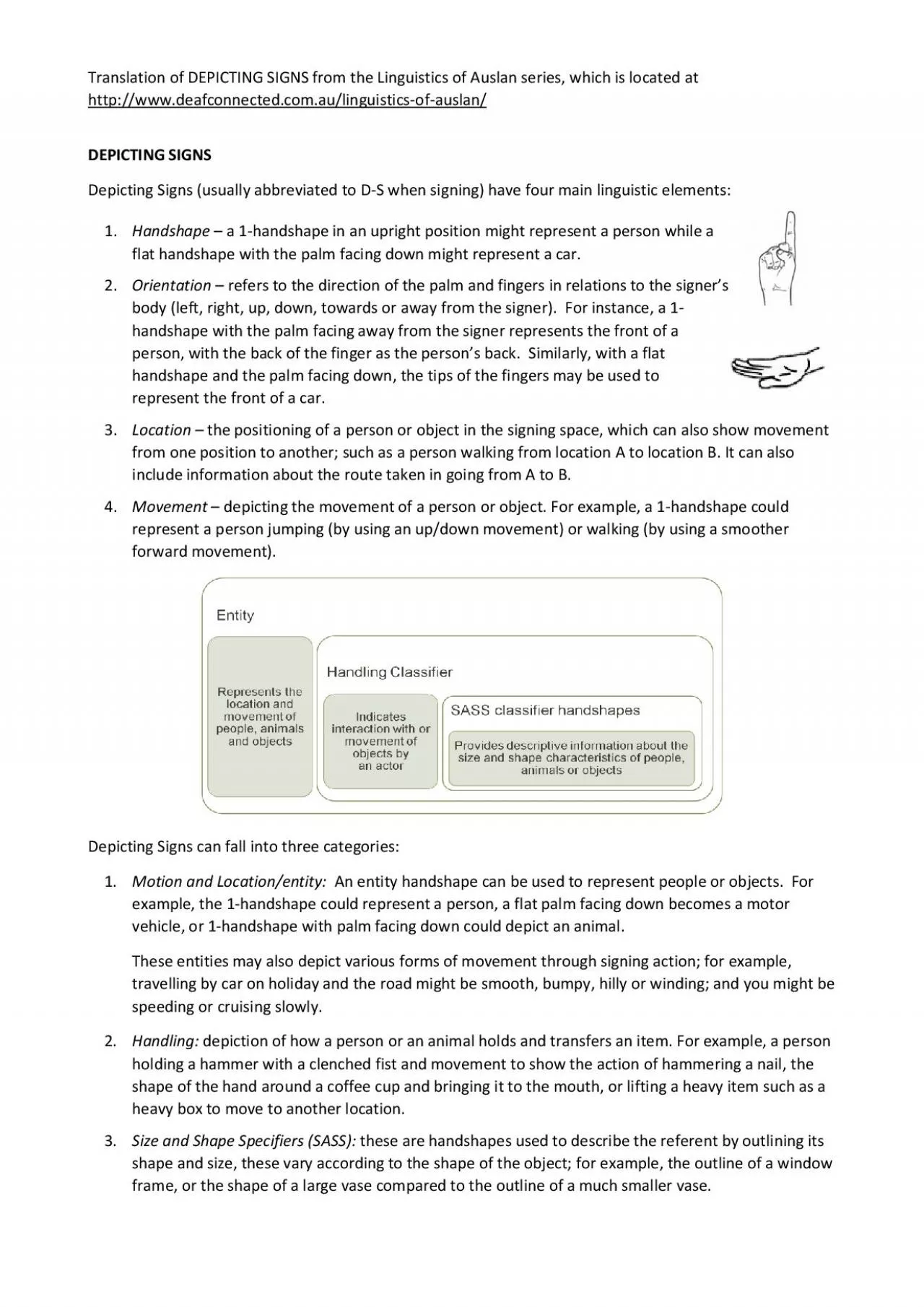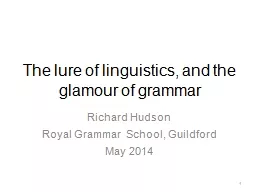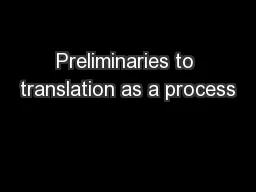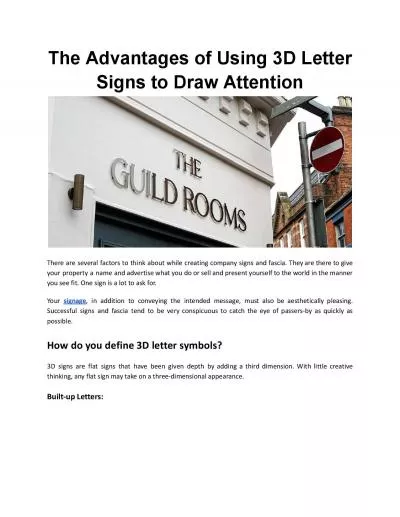PDF-Translation of DEPICTING SIGNS from the Linguistics of Au
Author : sophia2 | Published Date : 2021-10-04
slan series which is located at httpwwwdeafconnectedcomaulinguisticsofauslanDEPICTING SIGNSDepicting Signs usually abbreviatedto DSwhen signing have four mainlinguistic
Presentation Embed Code
Download Presentation
Download Presentation The PPT/PDF document "Translation of DEPICTING SIGNS from the ..." is the property of its rightful owner. Permission is granted to download and print the materials on this website for personal, non-commercial use only, and to display it on your personal computer provided you do not modify the materials and that you retain all copyright notices contained in the materials. By downloading content from our website, you accept the terms of this agreement.
Translation of DEPICTING SIGNS from the Linguistics of Au: Transcript
Download Rules Of Document
"Translation of DEPICTING SIGNS from the Linguistics of Au"The content belongs to its owner. You may download and print it for personal use, without modification, and keep all copyright notices. By downloading, you agree to these terms.
Related Documents














